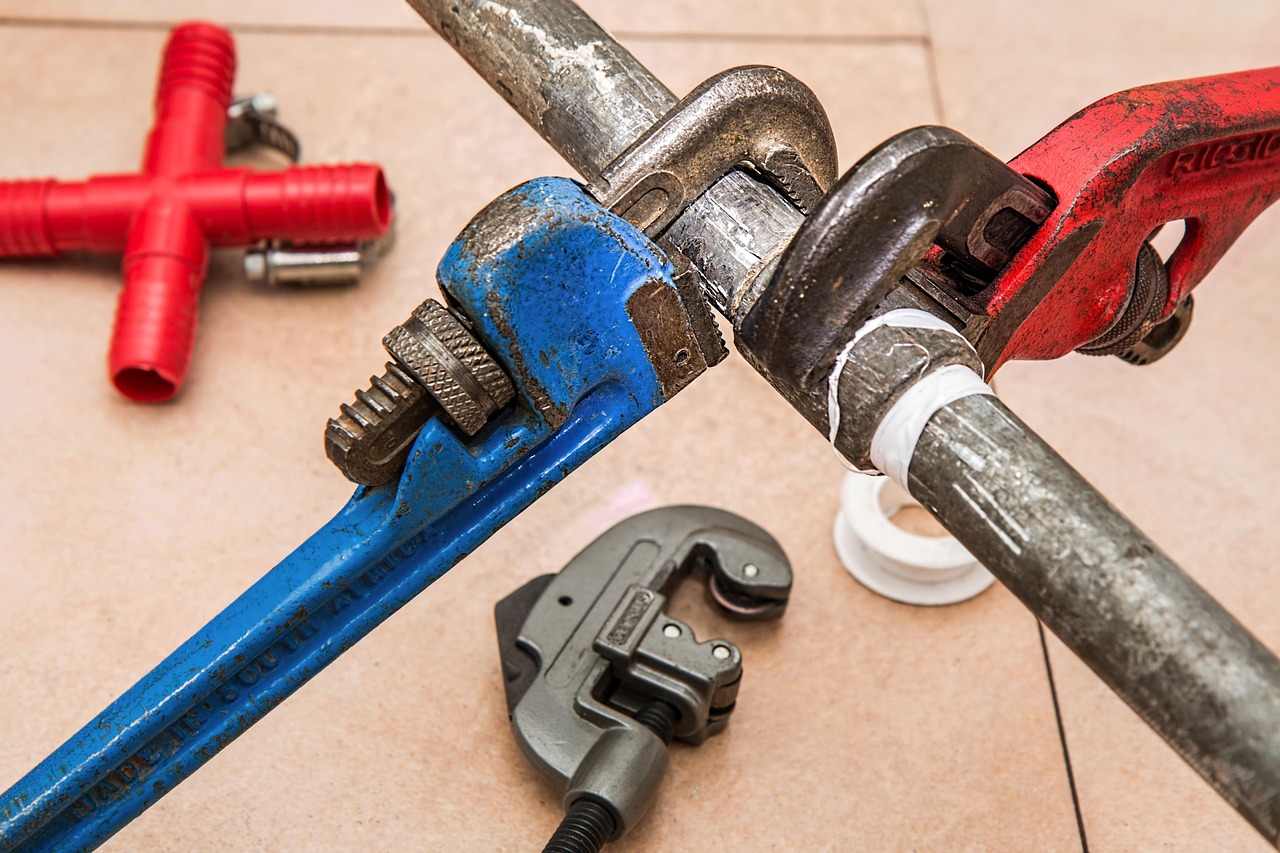As pet owners, we are responsible for our furry friends’ wellbeing in both ordinary and emergency situations. Being prepared with the right supplies and knowledge can make a critical difference when accidents happen. This article will guide you through assembling a comprehensive pet first aid kit, teach you basic pet first aid techniques for home care, and help you recognize when an injury or illness requires immediate professional attention. Understanding these essentials ensures you’ll be ready to respond effectively when your pet needs you most.
Creating Your Pet First Aid Kit Essentials
Every pet owner should have a dedicated first aid kit for their animal companions. The pet first aid kit essentials differ slightly from human kits and should be tailored to your pet’s specific needs. Start with basic supplies such as gauze pads and rolls, adhesive tape, cotton balls, hydrogen peroxide (only to be used when directed by a veterinarian), blunt-tipped scissors, tweezers, and a digital thermometer specifically for pets. Include styptic powder to stop bleeding from minor cuts, particularly useful for nail trimming accidents. Add disposable gloves, a muzzle or strip of gauze to prevent biting in stressful situations, and a pet-specific antiseptic solution for wound cleaning.
Don’t forget to include a current copy of your pet’s medical records, vaccination history, and emergency contact information for your regular veterinarian as well as the nearest emergency clinic. A small flashlight can be invaluable for examining wounds or checking pupils, while a towel or blanket can provide comfort or help restrain an injured pet. Store your pet’s first aid supplies in a waterproof container clearly labeled “Pet First Aid” and keep it in an easily accessible location known to all family members. Check supplies regularly to replace expired items and replenish used materials.
Mastering Basic Pet First Aid at Home
Knowing basic pet first aid at home techniques can stabilize your pet until professional help is available. For minor wounds, gently clean the area with warm water and mild soap, then pat dry with clean gauze. Apply antiseptic and cover with a non-stick bandage, ensuring it’s secure but not too tight. Monitor the wound for signs of infection like increased redness, swelling, or discharge. For minor burns, flush immediately with cool (not cold) water for several minutes, then apply a cold compress.
If your pet is bleeding, apply direct pressure with a clean cloth or gauze pad until clotting occurs, which typically takes several minutes. For more severe bleeding, maintain pressure while transporting your pet to the vet. Know how to check your pet’s vital signs: normal temperature ranges from 100-102.5°F for dogs and 100.5-102.5°F for cats. Adult dogs have a heart rate of 60-140 beats per minute while cats range from 140-220 beats per minute. Respiratory rates should be 10-30 breaths per minute for dogs and 20-30 for cats when resting. Understanding these baselines helps you recognize abnormalities during pet injury care at home.
Recognizing Common Pet Emergencies
Certain situations clearly indicate when to call vet emergency services. Common pet emergencies include difficulty breathing, prolonged seizures, suspected poisoning, trauma from accidents, uncontrolled bleeding, inability to urinate, severe vomiting or diarrhea, and loss of consciousness. Excessive drooling, disorientation, or pale gums can also signal serious conditions requiring immediate attention. If your pet collapses, has a bloated and painful abdomen, or shows signs of extreme pain when touched, don’t delay seeking professional help.
Heat stroke presents with heavy panting, excessive drooling, high body temperature, and eventual collapse—this requires urgent cooling and immediate veterinary care. Foreign object ingestion or choking requires quick action; if your pet is conscious but struggling, carefully check the mouth for visible obstructions you can safely remove. However, never put yourself at risk of being bitten. When in doubt about the severity of your pet’s condition, it’s always better to err on the side of caution. You can use AskHomey to quickly locate emergency veterinarians in your area if your regular clinic is closed.
Creating an Emergency Action Plan
Preparation extends beyond assembling supplies and learning techniques. Develop a pet emergency action plan that includes contact information for your regular veterinarian, the nearest 24-hour emergency clinic, and animal poison control. Know the quickest routes to emergency care facilities and have transportation arrangements ready. If possible, familiarize your pet with their carrier or travel arrangements before an emergency occurs to reduce stress during a crisis.
Discuss pet first aid with all family members and ensure everyone knows where supplies are kept and understands basic procedures. Consider taking a formal pet first aid course through local animal organizations or online resources. Post emergency numbers in a visible location and program them into your phone. Remember that while home care is valuable for minor issues, it should never delay professional treatment for serious conditions. Your quick response and sound judgment can make the difference between a minor incident and a life-threatening situation for your beloved pet.
For more tips and to connect with reliable home service professionals, follow AskHomey on Facebook and Instagram.



